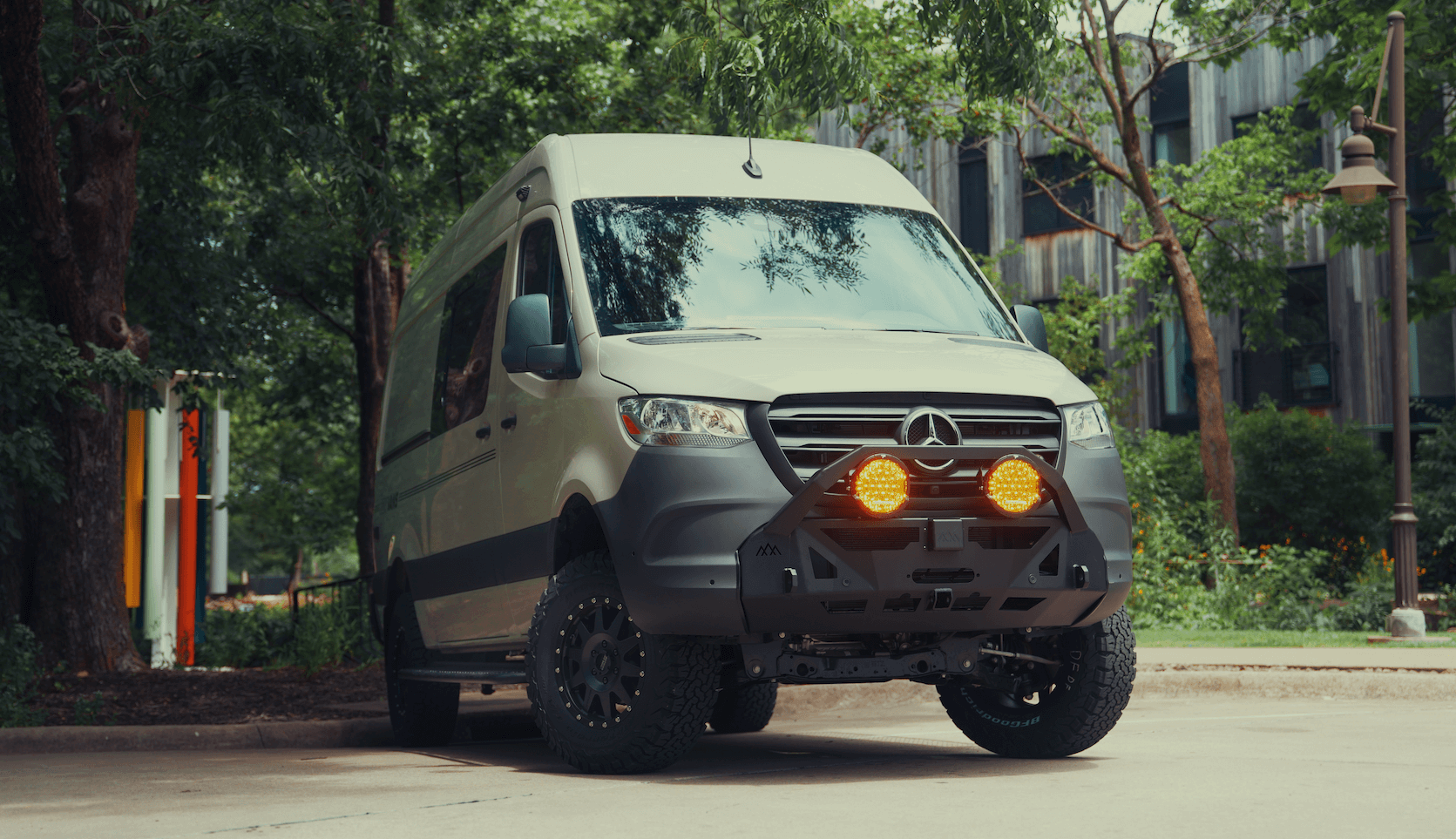Recreational Vans

Coolest camper van conversions start with purpose. Before wood grain or mood lighting, define the miles you drive, the roads you choose, the gear you bring, and the climates you chase. That clarity guides decisions on layout, power, water, and storage so the result is more than a pretty shell. The coolest camper vans feel effortless because every system supports how you move.
Safety and structure sit at the core. Know your platform payload so the finished build remains within weight limits. Use secure mounting points, spread loads evenly, and keep heavy items low and centered. Insulation and ventilation work as a pair. Closed cell foam, acoustic liners, and vapor control help manage temperature and condensation, while roof fans, floor vents, and operable windows keep air moving in any season.
Electrical planning shapes the experience. The gold standard for awesome van conversions pairs a lithium house bank with a smart battery monitor, a DC to DC alternator charger, and right sized solar. Start by estimating daily watt hours, then size batteries, inverter, and charge sources for a real world buffer. Short cable runs, clean busbar layouts, and appropriate fusing prevent voltage drop and protect equipment.
Water systems add comfort without clutter. A simple freshwater tank, quiet pump, and quick drain grey solution often beat complex plumbing for small vans. If you include hot water, choose compact heat exchange or on demand units sized for your use. Think about serviceability. Quick disconnects, labeled valves, and access panels turn future maintenance into a five minute job.
The ideal camper van fits the traveler. Solo roamers often favor a longitudinal bed that doubles as a sofa and a compact galley with a deep sink, induction cooktop, and a 12 volt fridge. Couples may prefer a raised platform bed with gear storage below, giving space for bikes or totes and a walkable aisle. Families benefit from convertible seating with proper restraints and a table that flips from work mode to meal time without teardown.
Wet bath versus dry setup remains the big debate. For many, a cassette or dry flush toilet in a ventilated cabinet wins on simplicity, especially when paired with an outdoor shower and insulated water lines. If a full interior shower is non negotiable, design it as a rigid module with sealed seams, sloped pan, and a dedicated fan to keep moisture under control.
Storage turns a good build into an organized one. Modular L track, aircraft style tie points, and overhead lockers that latch securely prevent rattle and shift on washboard roads. Use drawers for heavy items and bins for soft goods. Soft close hardware and felt lined interiors reduce noise, a small detail that adds up on long days.
Lightweight, durable materials are essential. Marine plywood, aluminum framing, and composite panels balance strength and weight. Countertops in compact laminate or bamboo resist moisture while keeping mass down. Choose finishes you can clean after a muddy trail, and protect high wear edges with aluminum trim.
Climate control separates weekend only rigs from four season machines. Ducted diesel heaters sip fuel and keep interiors dry. Roof mounted air conditioning powered by a right sized lithium bank and high output alternator enables summer overnights away from shore power. Blackout shades, insulated window covers, and a thermal curtain at the cab stabilize interior temps and reduce energy demand.
Lighting and controls define mood and function. Layer dimmable warm white downlights with task lighting over the galley and garage. Add red night mode to preserve vision on late arrivals. A central touchscreen or a simple switch panel is fine, as long as circuits are labeled and service paths are accessible. The coolest camper van conversions often include a monitoring app that shows battery state, fresh and grey levels, and interior climate at a glance.
Exterior upgrades matter when the road gets rough. All terrain tires, sensible suspension tuning, and recovery points expand your map without wrecking daily drivability. Roof racks, side ladders, and rear storage systems clear space inside and secure bulky gear. An awning, outdoor table slide, and portable fire safe pit turn parking spots into camp in minutes.
A skilled recreational van builder turns ideas into a system that works in real conditions. That includes proper wiring standards, tested water routing, service access, and payload management that keeps handling predictable. It is the difference between theory and trips that run smooth week after week.
If you want a quick overview of platforms and options, explore Recreational vans by OZK. Ready to pursue a tailored layout with integrated power, climate, and storage, see Custom van builds. If financing a proven base vehicle is part of your plan, review Mainstream van platforms.
The coolest camper vans combine a clear purpose, honest weight math, quiet insulation, steady airflow, and right sized power. When those fundamentals line up, the rest falls into place. That is how awesome van conversions stay comfortable, quiet, and reliable across seasons. With thoughtful planning and experienced hands, the ideal camper van feels intuitive from day one and still feels fresh years later.
Strong next steps
You bring the routes and goals. We map the systems and finish the details so they work together every mile. Share your build vision and timing in the form below and let OZK Customs shape a dependable, road ready rig built for your kind of days.
Ready for a road proven build that matches your routes and routines? Share a few details about how you travel and what you carry. OZK Customs will map your layout, power, and storage into a single dependable system so you can pick up, shake down, and head out with confidence.
ADDRESS:
6159 E Huntsville Rd, Fayetteville, AR 72701
PHONE:
(479) 326-9200
EMAIL:
info@ozkvans.com